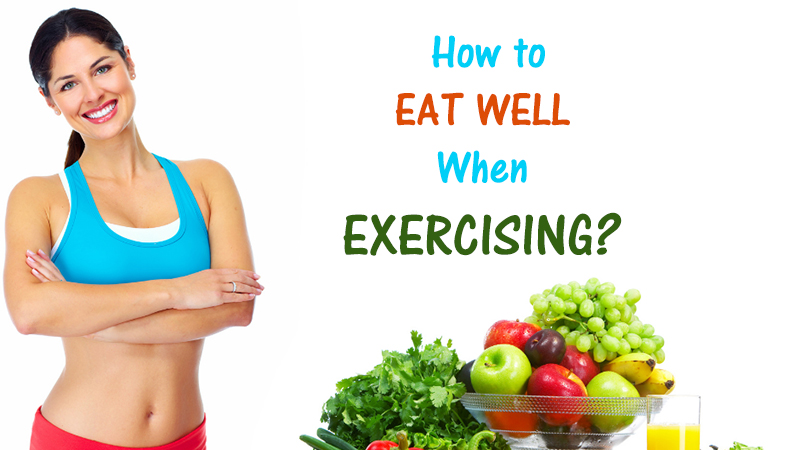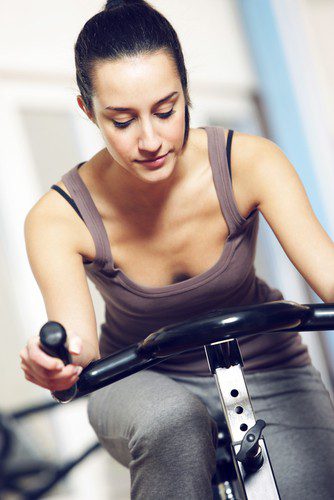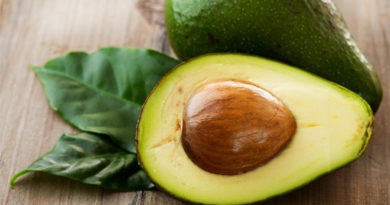How to Eat Well When Exercising
Taking up a new sport or increasing the amount of physical exercise you do is a great way to burn excess calories and maintain a healthy body weight. Exercise also reduces the risk of many illnesses such as heart disease or diabetes. According to a government report, adults who participate in daily physical activity have a 30% lower risk of colon cancer and a 20% lower risk of breast cancer, for example. If you’ve not exercised for a while, though, it’s always advisable to have a check-up with your GP before you start a new exercise programme.

Incorporating exercise into a busy lifestyle is often a challenge, but if you schedule it in your diary in the same way you schedule meetings for work, it means you’re less likely to let plans slip and not do the swim, run or gym session you had in mind.
When exercising, you have to consider what you’re eating too. Three staff members at Voucherbox, the money-saving website, took on the Myprotein 12-week challenge to increase their muscle mass and lose weight using protein shakes, individualised diet and exercise plans. Dave, Laura and Sezer all work full time and are squeezing what healthy eating and exercise they can around work – a situation that many of us will be familiar with. You can follow their progress on the challenge on the Voucherbox blog.
You might want to follow a similar challenge in order to reach your goals, but if you simply want to increase the amount of exercise you do, make sure you’re eating the right foods too. The tips below should help you.
Fuel your Workout
We all know that a healthy and balanced diet includes plenty of fruit and vegetable, but that’s not enough to keep the right energy levels when exercising. Eating carbohydrates a couple of hours before exercising will provide you with fuel during your workout session. And for two hours after exercise, muscles can refuel glycogen levels at double the normal rate, so that’s another good time to consume carbohydrate-rich foods like potatoes or rice.
People who exercise often forget is that they need to stay hydrated by drinking plenty of fluids before, during and after a workout. If you’re not sure if you’re hydrated one easy way to check is to look at the colour of your urine. If you’re getting enough fluids, it should be a pale yellow; if it’s a darker shade this could indicate dehydration.
Don’t Forget Protein
If you’re looking to build muscle, you’ll also need protein. This is because hard training will leave muscles short of protein, which is required to build new muscle fibres. The traditional level of protein recommended for muscle building is 0.7g of protein per pound of body weight per day. We don’t always have time to cook protein-rich meals so if you’re in a hurry and don’t have time for a sit-down meal as well as an exercise class, there’s always the protein shake option.
Protein shakes can be alternated with regular meals and they can represent a saving. For instance, the equivalent amount of protein you’d get from two chicken breasts or a steak would cost more than a protein shake does.
Finally, make sure you eat enough food for the level of activity you’re doing otherwise you won’t be able to maintain the exercise levels you want to achieve, especially with high-intensity cardiovascular workouts.
As you get into a steady exercise programme, you’ll find that it gets easier to fit into your usual routine without feeling like it’s a tremendous effort. And as you start taking better care of your body, a natural development is that you’ll get to think more consciously about how you refuel it, making small adjustments so that your diet becomes increasingly better balanced. Exercise and eating well – it’s a win-win situation!



